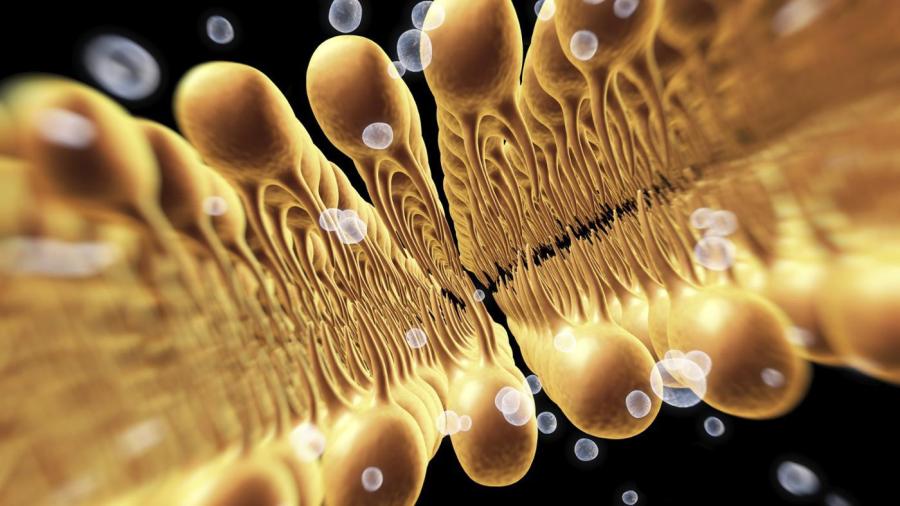Science and Biology: The Function of a Cell Membrane

The function of a cell membrane, also referred to as the plasma membrane, is to protect the structures within the cell, give shape to the cell and support its structure.
Structures of Cell Membranes
The cell membrane is composed of a double layer of lipids and proteins. There are three different types of proteins found within a cell membrane: structural protein, transport protein and glycoprotein. These layers of lipids and proteins allow the cell membrane to perform its main function, which is to surround the cell and protect it from the outside environment. A cell membrane is selectively permeable, only allowing certain substances to enter and exit the cell. In some cases, a cell membrane can also control the amount of a certain substance allowed to pass through it.
Function of a Cell Membrane
The cell or plasma membrane is meant to protect the cell from its outside environment, while also giving the cell structure and regulating the materials that enter and leave the cell. This regulation ensures that harmful substances don’t enter the cell and that essential substances don’t leave the cell. Oxygen can easily pass through the cell membrane, because it is necessary for cellular respiration, which is a primary function of a cell. The byproducts of these functions, such as carbon dioxide, are allowed to exit the cell after cellular respiration takes place. Unlike oxygen, water and carbon dioxide, highly charged ions and larger macromolecules can’t pass directly through the cell membrane. Instead, they are allowed to enter the cell via proteins embedded in the membrane. Because the cell membrane is essential in protecting the cell and its structure, a hole or rupture in a cell membrane can cause the cell to stop functioning properly and eventually die.
Another essential function of a cell membrane is communication or cell signaling. The cell membrane’s receptor proteins bind to molecules from other areas of the body and communicate with them to send a signal inside the cell, telling the cell to perform a certain function. A cell membrane’s receptors can be taken over by harmful viruses, such as the human immunodeficiency virus (HIV), causing an infection.
The overall function of a cell membrane can be compared to the function of a castle’s drawbridge and outer wall. Just as a drawbridge and wall protect a castle and ensure only certain individuals enter and exit the castle, the cell’s membrane offers protection to the cell and regulates which substances are allowed to enter and exit the cell. Cell signaling is similar to using a lookout tower on a castle wall to communicate with neighboring castles.
Cellular Transport
Cellular transport, one of the main functions of a cell membrane, can occur in multiple ways. The first type of cellular transport is passive osmosis and diffusion. This is when substances, such as water and oxygen, pass easily into the cell directly through the cell membrane. The next type of cellular transport is called transmembrane protein transport, which is when small organic molecules are transported into the cell. Endocytosis is the third type of cellular transport. This kind of transport is similar to the cell “eating” other substances and is characterized by the cell engulfing and then absorbing large molecules or even entire other cells. The last type of cellular transport, exocytosis, occurs when a cell removes or secretes substances.





